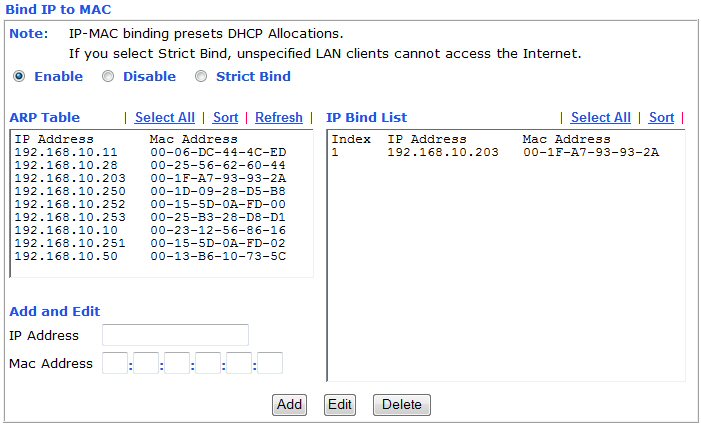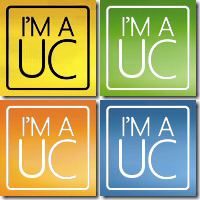Just before the Christmas break I received an e-mail from Nortel, the subject was “Avaya has completed its purchase of Nortel Enterprise Soulution” – before I started to digest the content of this message, I hoped that the “Avaya” future might bring spell checking as “Soulution” is a Switzerland based high-end audio system manufacturer! (sorry couldn’t resist)
The body of the message contained the much expected marketing blurb:
The consolidation of these two great companies will expand Avaya’s global coverage, enlarge its portfolio of systems and services, and increase its expertise and specialization. By combining complementary skills and increasing research and development investments, the new company will bring better products to market more quickly.
Basically Avaya+Nortel=bigger, better telecommunications manufacturer! However it then went on to provide a new site “Avaya Nortel Information Center” dedicated to Nortel (or Avaya) customers, that de-constructs the changes taking place and the knock on effects. Furthermore a reference is made to an online event that will deliver Avaya’s integrated roadmap (to pre-register go here).
A full transcript of the e-mail is below:
We are pleased to announce Avaya has completed its acquisition of Nortel Enterprise Solutions (NES) and Nortel Government Solutions (NGS), creating the most experienced and comprehensive leader in real-time business communications. The new Avaya is the global business communications expert delivering open and flexible communication systems that transform the way people collaborate to enhance performance and enable growth for companies small to large.
The consolidation of these two great companies will expand Avaya’s global coverage, enlarge its portfolio of systems and services, and increase its expertise and specialization. By combining complementary skills and increasing research and development investments, the new company will bring better products to market more quickly.
Avaya has long delivered exceptional services to the market and has been recognized for services delivery. Avaya will honour support contracts for all customers acquired in the transaction and continue to invest in bringing innovative services and tools to our customers and partners.
To begin addressing the questions that you likely have, Avaya has created the Avaya Nortel Information Center on avaya.com, a dedicated website where you can find links to the press release, frequently asked questions, and other integration-related resources.
Questions about the future of Avaya and NES products, services, and solutions are no doubt top of mind for you. Avaya will announce the integrated product roadmap in the next 30 days. An online event will be available for customers, which you can pre-register today.
Thank you for your continued business.









